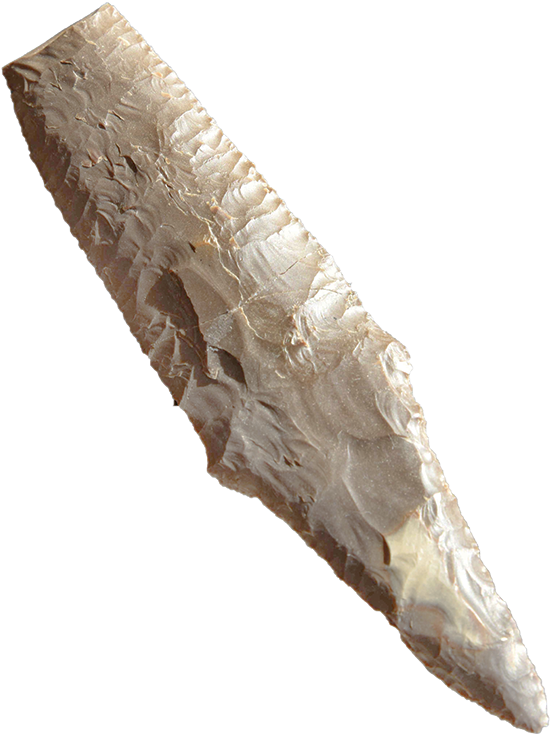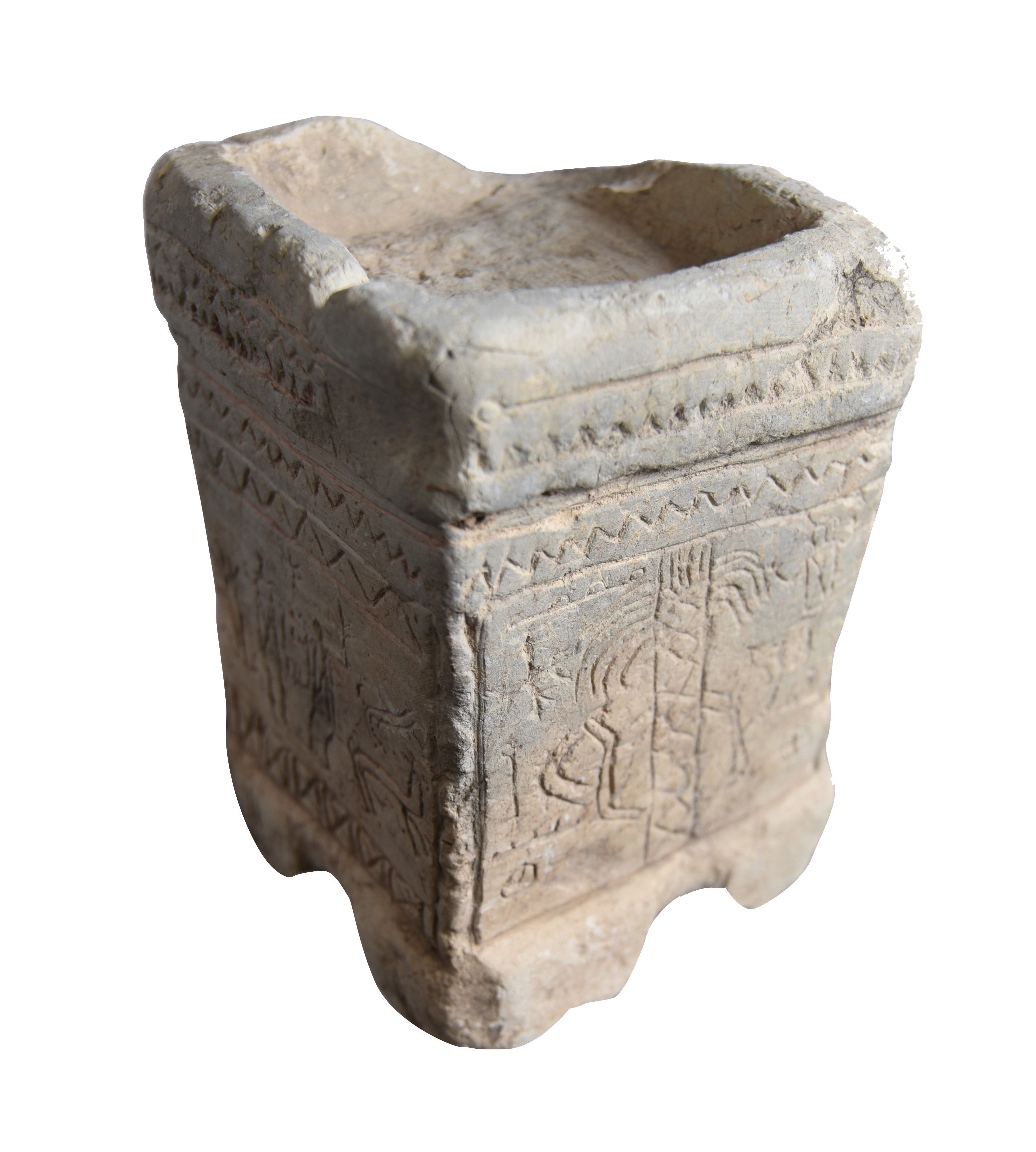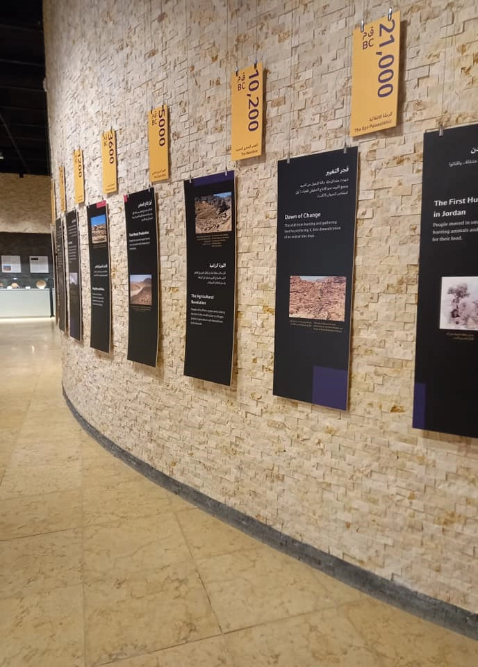Gallery 2: Foundations of Petra
Beginning with the bust of the Nabatean supreme deity Dhu-Shara, this exhibition reveals the nature of the Petra region, chronological timeline, and “the history before the Nabateans”- from the Stone Age to the Edomite Kingdom that flourished in the Iron Age- through the display of artifacts from several archaeological sites such as Neolithic Beidha and Edomite Tawilan.
- Dhu-Shara, Lord of the Sharah Mountains
- Topography and Geology of Petra
- Natural Flora
- Natural Fauna
- Glimpses of Petra through Time - The Palaeolithic around 1.5 million – 21,000 BC
- The Epi-Palaeolithic around 21,000-10,200 BC
- The Neolithic around 10,200-5000 BC
- The Chalcolithic around 5000-3600 BC
- The Iron Ages around 1200-332 BC
- The Nabataean Kingdom 168 BC-AD 106
- Roman Rule (AD 106-324)
- Rule of the Byzantine Romans (AD 324-636)
- Beginnings of Islam (AD 636-1100)
- Medieval Petra (AD 1100-1516)
- Rule of the Ottoman Empire (AD 1516-1918)
- Modern Petra (since 1918)
Flint Dagger

This exceptional dagger was made by pressure flint knapping. It is a rare example of daggers from the Neolithic and its owner must have had a high social status.
Ba`ja
Pre-Pottery Neolithic B (7500-7000 BC) JP6920
 For Audio Guidance, please Click here
For Audio Guidance, please Click here

Stone Altar

This altar was made from local limestone. It bears incised designs of palm trees, and human and animal figures; one side has an archer on a horse, pointing his arrow at an ibex.
Khirbat al-Mu`allaq (between Wadi Musa and at-Tayiba)
Edomite (8th-7th century BC)
 For Audio Guidance, please Click here
For Audio Guidance, please Click here

Dhu-Shara, Lord of the Sharah Mountains

Dhu-Shara was the head of the Nabataean pantheon of gods and the lord of the Sharah Mountains of Southern Jordan. This indicates the importance of the Sharah Range, which provided Petra with the bases for its life: water, agricultural produce and raw materials.
With the spread of the Graeco-Roman culture, Dhu-Shara was identified with Zeus, the head of the Greek pantheon and consequently represented as a bearded man. This limestone sculpture is, however, in the Oriental Style of Nabataean art.
This bust was discovered in the collapsed debris of Petra’s Temenos Gate along the main street in the City Centre. It was carved to be seen from below and may have been originally placed at the top of the gate. Considering the size and weight (around 1.6 tons) of the bust, this placement is a tribute to Nabataean engineering skills.
 For Audio Guidance, please Click here
For Audio Guidance, please Click here






